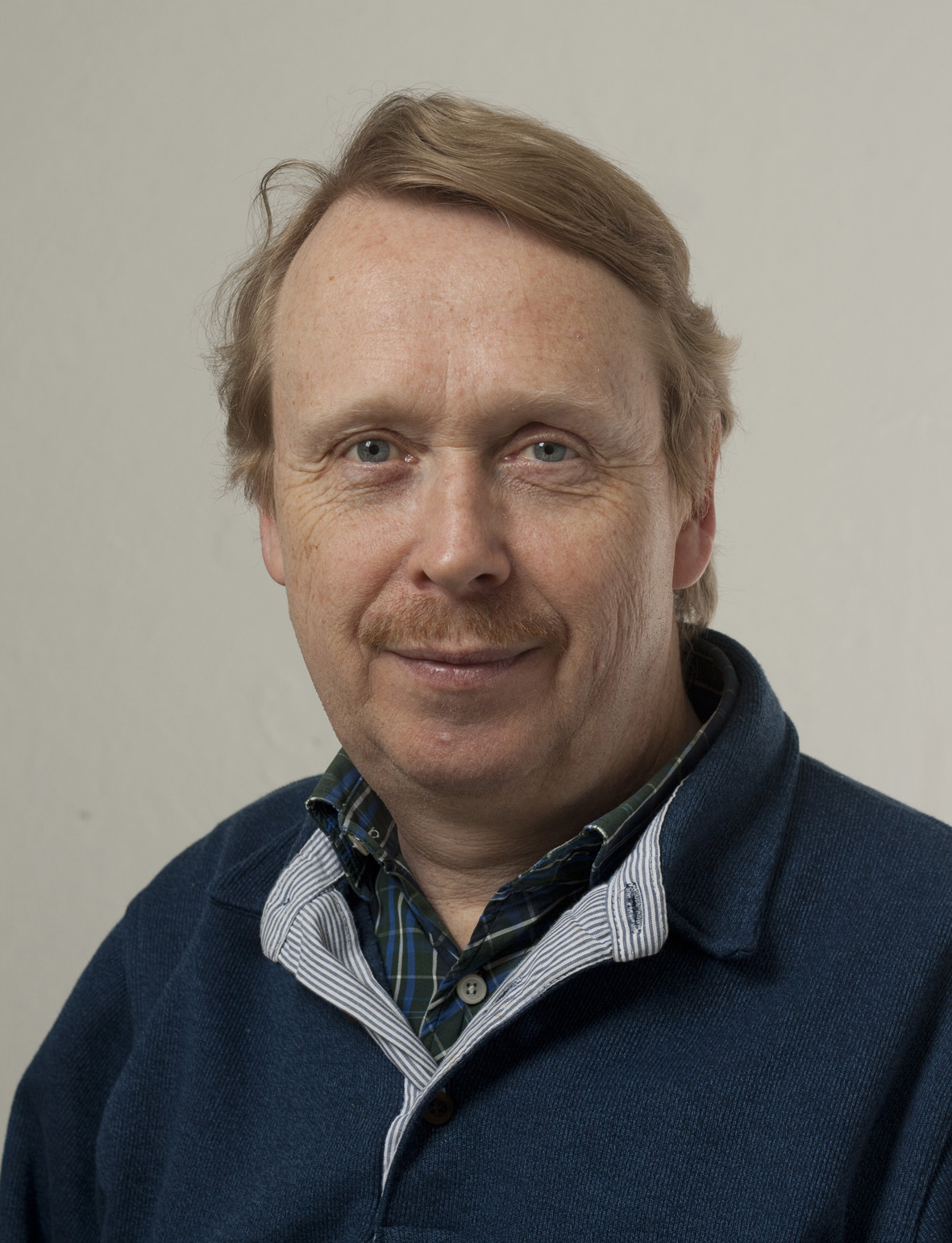Control of protein degradation in biology and medicine
Protein aggregation in cells is a symptom of many diseases. Ian Max Møller, Department of Molecular Biology and Genetics, will try to solve this problem during the next three years with a grant amounting to more than DKK 6.4 million from the Danish Council for Independent Research | Technology and Production Sciences.

Protein aggregation in cells is a symptom of many conditions, including Parkinson’s disease, but it also poses a serious problem for pharmaceuticals and food. Oxidised proteins are often damaged, which means they are no longer able to carry out their function satisfactorily, and they either become degraded or they aggregate.
There is no problem with proteins being oxidised. They are constantly oxidised in biological systems. The real problem is that oxidation is markedly increased during periods of stress and illness or with ageing. A research team headed by Associate Professor Ian Max Møller, Department of Molecular Biology and Genetics, has decided to try and solve this challenge with a grant from the Danish Council for Independent Research.
In order to control and counteract the most common oxidation mechanism – known as metal-catalysed oxidation – the research team will begin by studying its impact on the structure and function of a number of oxidation-sensitive proteins that are widely used in biotechnology and medicine.
They will oxidise the proteins in laboratory experiments and study known oxidation products using a considerable number of state-of-the-art techniques. The initial aim is to understand how oxidation changes the structure and function of proteins. The researchers will subsequently use this knowledge to try and control or prevent the effect in a number of different trials, such as introducing specific changes in the structure of the proteins, so that oxidative damage can be avoided.
As an example, the research team will test a new treatment concept for certain blood diseases. They will do this by introducing a ‘decoy metal binding site’ in a protein from mouse blood and investigate the extent to which this can reduce oxidative damage to blood proteins in mice.
More information
Asssociate Professor Ian Max Møller
Department of Molecular Biology and Genetics
Aarhus University
ian.max.moller@mbg.au.dk - +45 2087 2100
